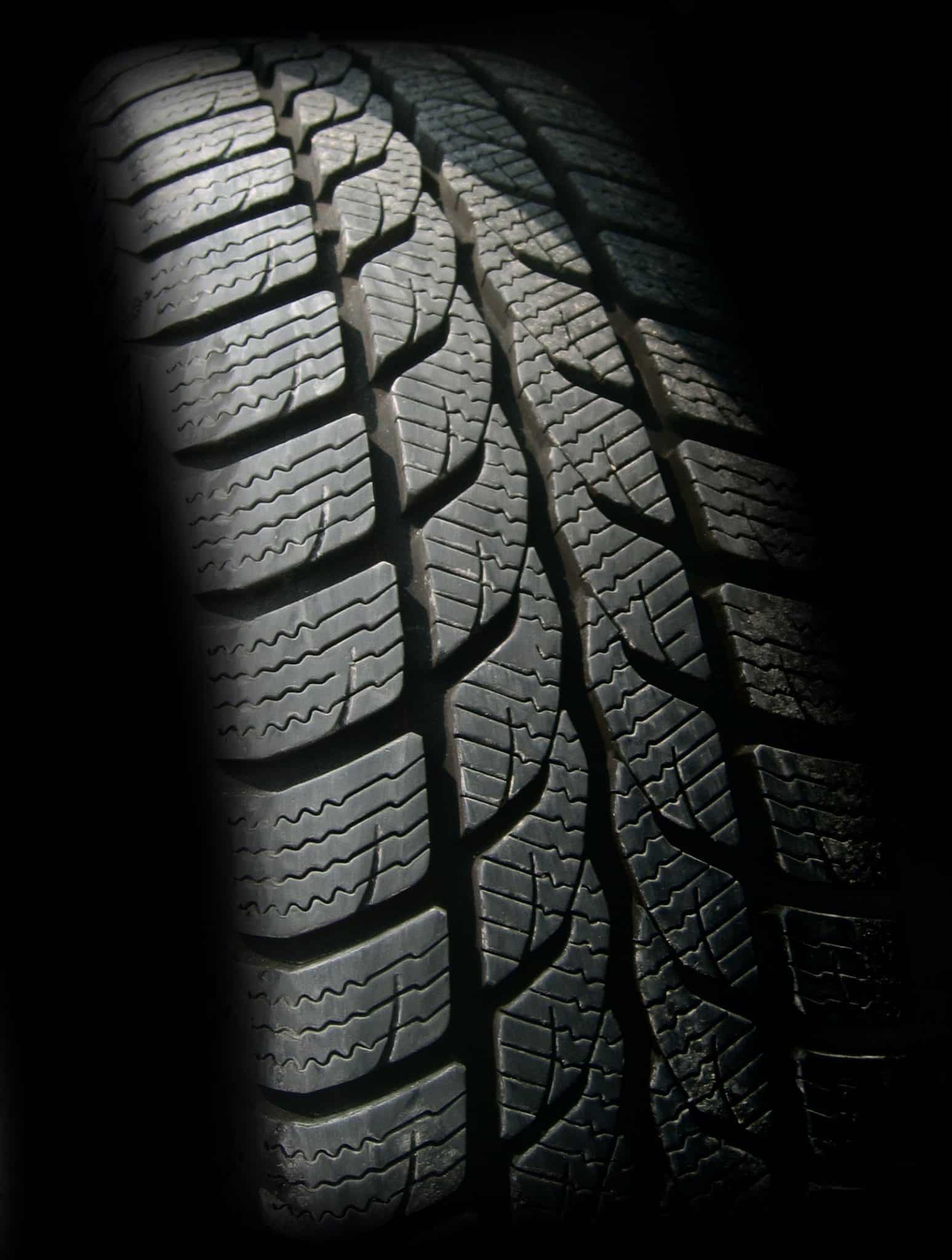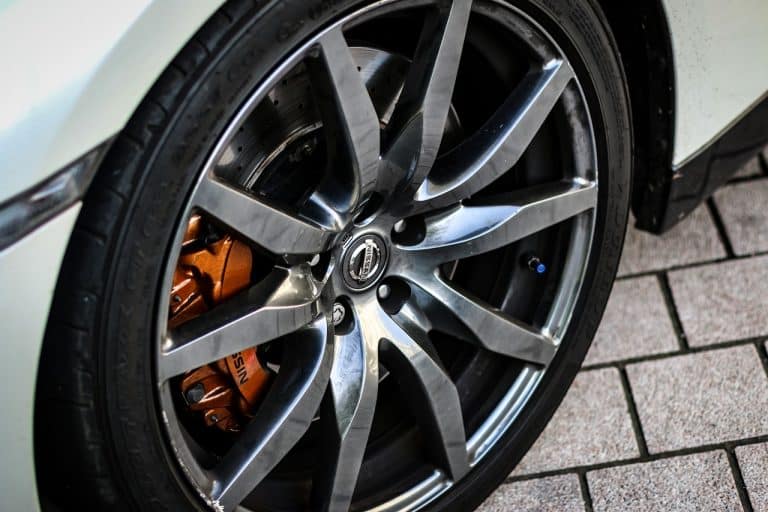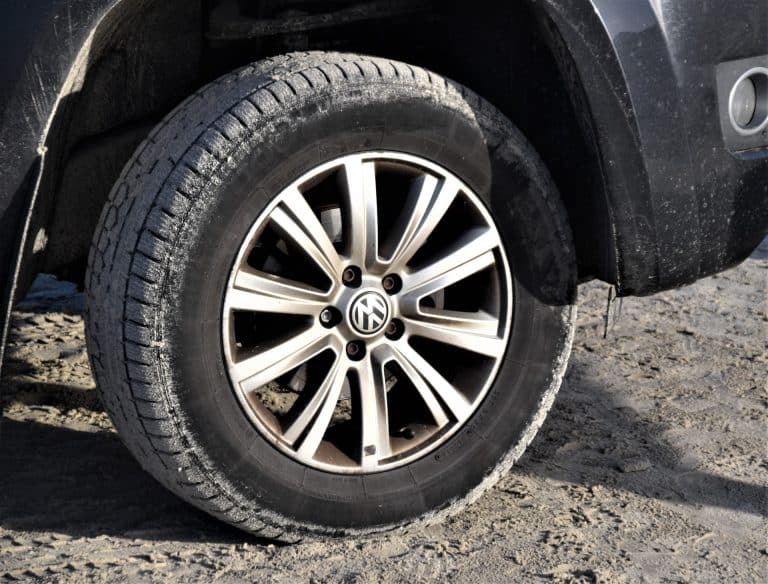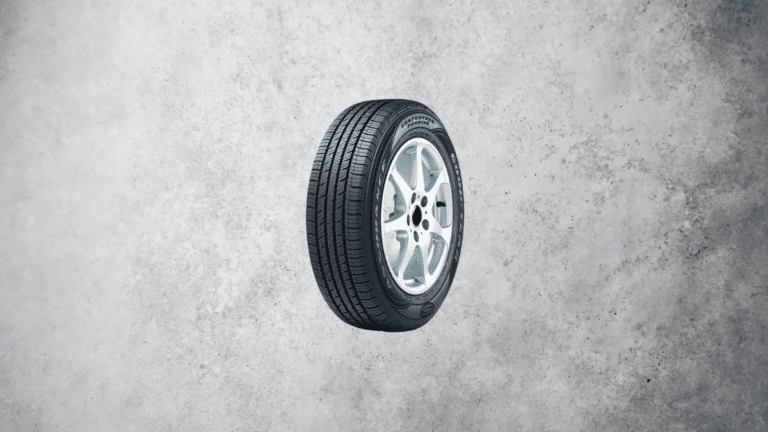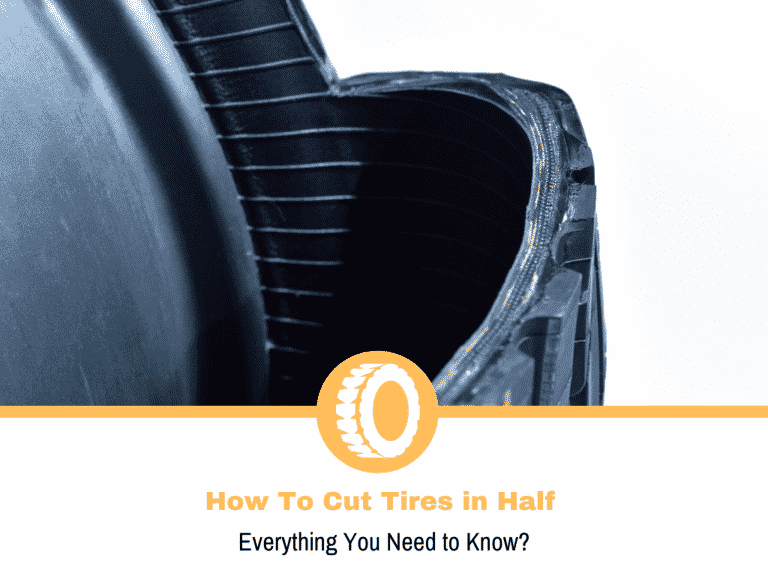The Impact Tread Depth Has on Performance
When it comes to car maintenance, there are loads of consumable parts that you need to replace at specific intervals. This ensures that your car lasts as long as possible while delivering optimal performance and keeping you safe. It’s the same story with the tires, and there are two aspects that we usually mention.
The two aspects in question are tire age and tire wear. Both can impact the levels of performance you have and at a certain point, you should replace them. I already spoke about tire age as something you should be mindful of, so today, I’ll cover the other aspect.
When you consider that there is a legal limit to tread depth, you can figure out that there is a reason behind that. If you’re curious to know why, keep reading because I’ll explain that in today’s guide.
What is Tread Depth?
Before I start explaining the role of tread depth in various driving scenarios, let’s define it first. It’s the measurement between the block’s top and the grooves’ bottom. With most passenger tires, you’re looking at 10/32 to 12/32 inches of depth. Off-road capable tires offer more, and, in some cases, you may find models with over 1 inch of tread depth. Keep in mind that these tires are the ones used for special occasions, so they’re not those consumers’ types of models.
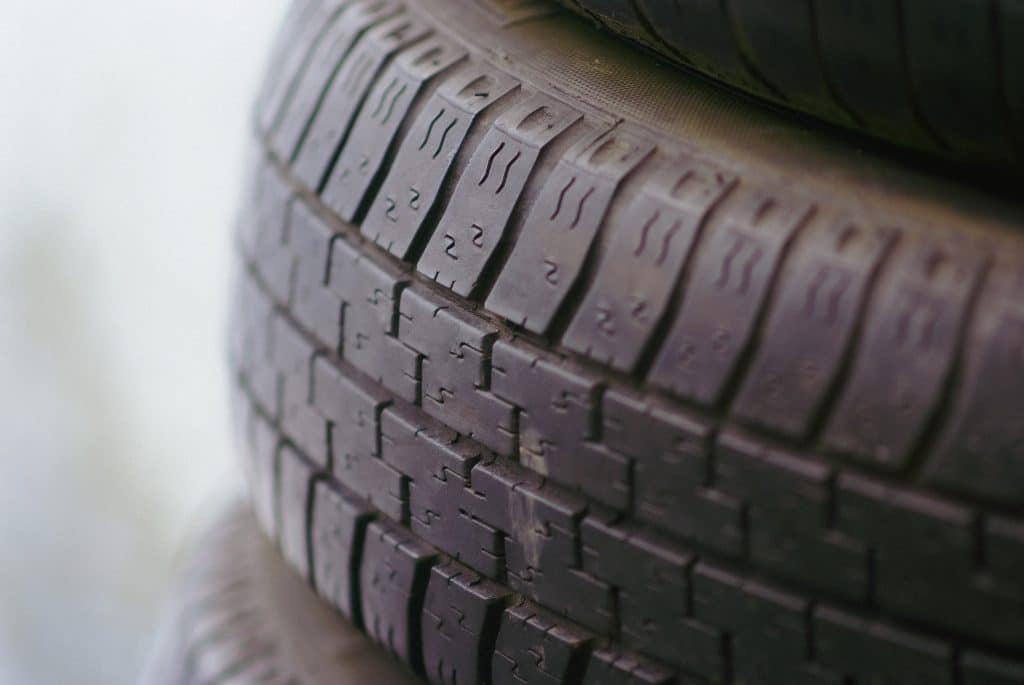
Combining the tread depth with the design offers distinctive features in certain conditions. As the tread depth decreases, you will start to notice a drop in performance, which is why there is a legal limit. It sits at 2/32 of an inch, so you can consider your tires bald. The most important thing to note is that things aren’t the same in all conditions, so let’s discuss each to represent the problem better.
Also, to keep things as simple as possible, I won’t be discussing the age, so for the sake of this guide, we’ll consider the tires to be new but shaved down.
Dry Conditions
Most of us spend a lot of time driving on dry roads, and you’ll see some people going with bald tires and having no problems with that. This is because, on a dry road, you’re relying on the friction between the tread blocks and the road to give you the traction you need. The tread depth plays very little in these conditions and even reduces the performance in a way, something we saw with Formula 1 about 20 years ago.
The cars became too fast at a certain point, so the FIA decided to replace the racing slicks with grooved tires. This reduced the top speed in favor of safety. Using this logic, a grooved tire will have less traction than a slick one.
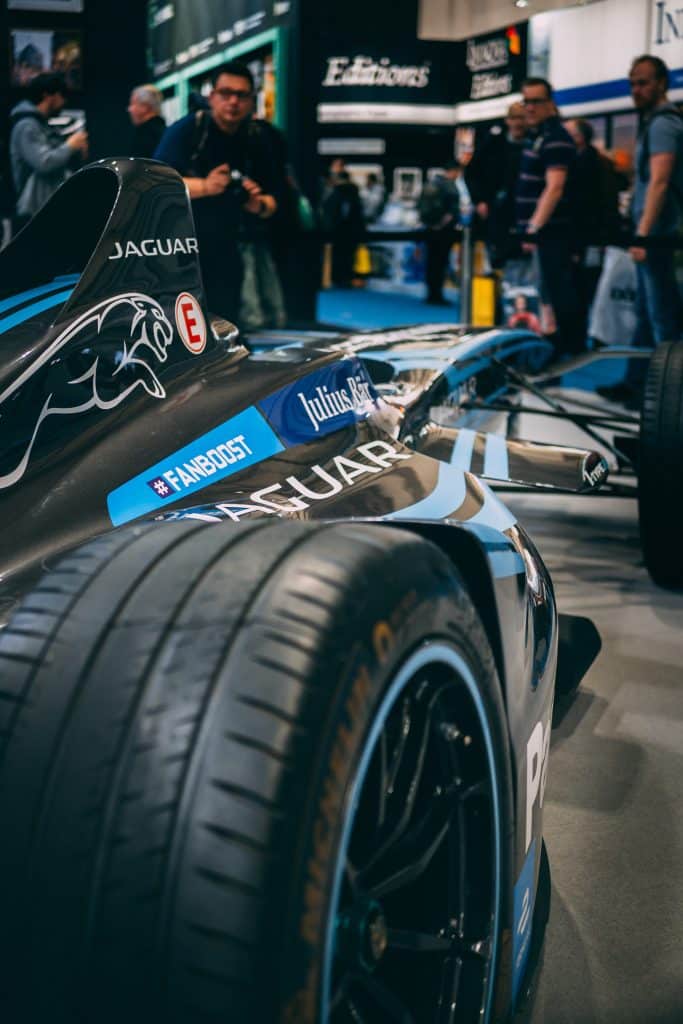
So, what does this mean? Regardless if you have the full depth or your tires are bald, the performance will be mostly the same, at least in terms of traction and braking distances. With that said, a tire with a full tread depth will have more movement in the blocks, something we notice when pushing touring tires to the limit. It shouldn’t be an issue for the average driver because no one does that on a public road.
Wet Conditions
When driving in wet conditions, tread depth can play a crucial role. Contrary to popular belief, there can be a difference even if you drive on damp roads.
In these conditions, you still rely on the contact surface, but you also have sipes as part of the tread design. They work as claws to give you more traction in these conditions. As the tire rolls, they “open up” and help improve the overall performance. Even though many tires these days come with full-depth sipes, some models still don’t have them. As a result, the sipes disappear as the tire wears down, and you get reduced performance. To be fair, tires without full-depth sipes are becoming rare these days, so it’s only a matter of time before this issue becomes a thing of the past.
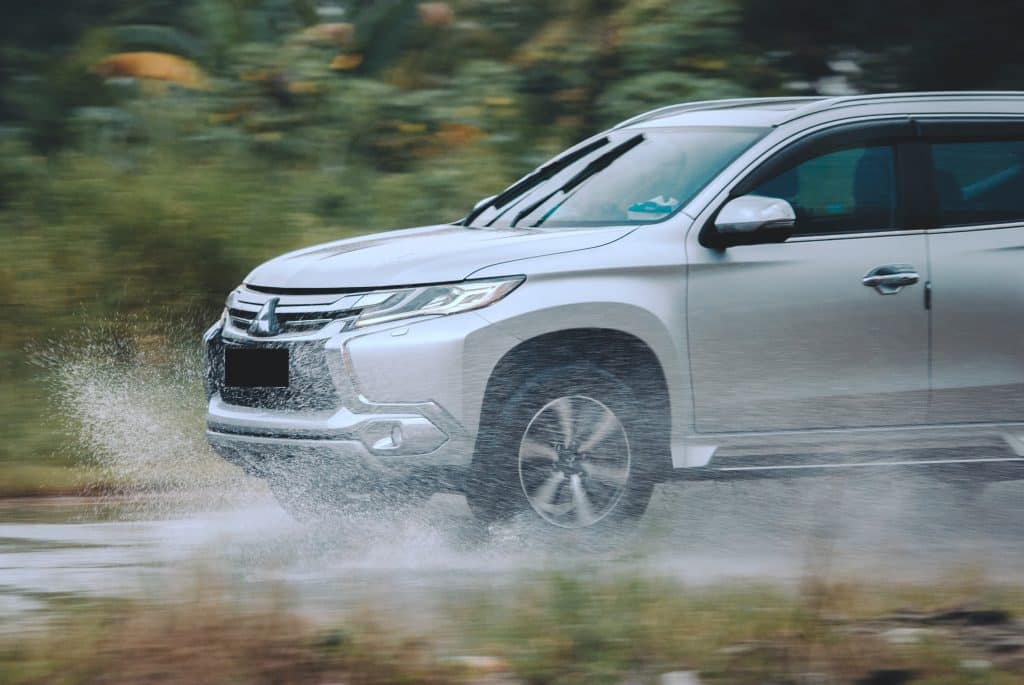
What does this mean? Without the sipes, you’ll have less traction, increasing the chances of the tire slipping. This also means that you’ll get longer braking distances. Overall, the performance won’t be as safe with a worn-down tire as it will be with a new one.
The bigger problem with wet conditions is heavy rain. Here, the tire needs to do two things – offer the necessary performance and evacuate water to keep the tire on the road. Aquaplaning is when the tire cannot evacuate the water effectively and loses contact with the road. It starts to skip over the water, and it doesn’t take much for you to spin out and have an accident. This is where the grooves come into play.
Tire manufacturers design them to channel the water away from the blocks and resist aquaplaning. On a tire with a full tread depth, there is a certain volume of water that the tire can move around. Reducing the depth by 50% still puts you in the legal zone, but the tire’s ability to evacuate water is reduced by half. This means you’ll notice issues even at normal speeds, something you didn’t have when the tire was new.
Winter Conditions
Driving in winter means that you’ll be facing multiple situations depending on the conditions. For the most part, you’re driving on snow, ice, or slush. If it’s winter, but the roads are dry or wet, then the same rules from the previous two sections apply.
Let’s start with the snow, and there are two areas to consider. You rely on the biting edges and sipes on packed snow to give you traction. Similar to damp roads, tires that don’t have full-depth sipes will reach a point where they’ll only depend on the biting edges. As a result, the traction levels will be reduced, the braking distances will be longer, and you’ll get a tire that won’t perform as intended. Depending on the design of the blocks, as the tire wears down, you may lose some of the biting edges, reducing the performance.
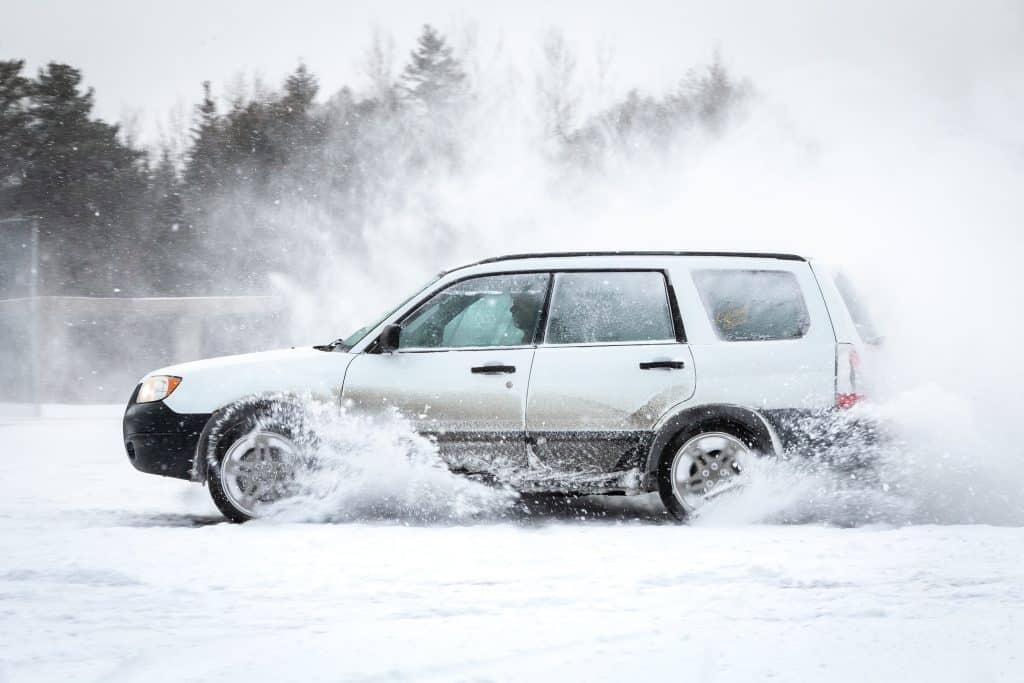
Things aren’t too different on unpacked snow as well. Even though you’re not relying on the sipes in these situations, they can help you out a bit. The bigger issue here is that as the tread depth reduces over time, you’ll get more snow buildup, impairing performance. Yes, there are situations where snow on snow can help you out with traction, but it’s not a miracle worker. Once the snow builds up, you’ll get more tire slip and can expect the braking distances to be longer.
The tread depth plays a crucial role in aquaplaning, and it’s a similar story with slush, but not to the same extent. In these conditions, you still rely on the tread pattern to move the watery snow away from the tire and give you traction from the road below. A tire with worn down tread won’t offer the same properties as a new one, so you’ll notice some performance issues.
Off-Road Conditions
We have come to the point where not many of you will find yourself, but it’s something that I should talk about. Off-roading is an activity where you must cover multiple aspects, including the vehicle. A sedan won’t do so well in these conditions. Also, a good set of all-terrain or mud-terrain tires is advisable, especially if you’re into extreme stuff.
A dirt road is considered a light off-road adventure, meaning that even your average hatchback with a set of touring tires will get the job done. Hard-packed surfaces are acceptable, and most tires, even worn-down ones, won’t struggle too much. Slightly loose dirt can be a problem, but you should be fine even with a slightly worn-down tire.
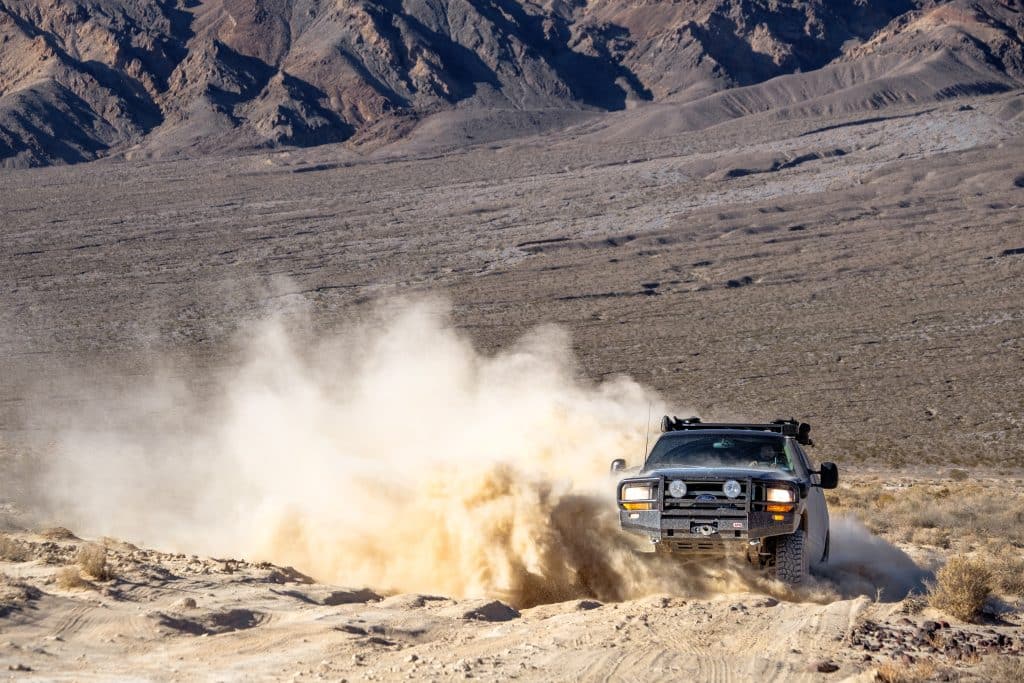
Things change when you start to drive in mud. In these conditions, you’re relying on the tread pattern to give you the performance not to get stuck. Even though these tires work differently when compared to the passenger ones, the principle is the same. You rely on the grooves to scoop or claw into the mud and provide the necessary traction. If the depth is reduced, which is expected from a tire with normal wear, the performance will drop to a point where you may get stuck in shallower patches.
Moving on to the most extreme conditions, we have rock crawling. This activity is reserved for mud-terrain tires mostly, but in lighter conditions, you can get away with all-terrain ones. Regardless of which one you’re going for, you’re relying on the blocks to crawl over rocks in these situations. This means that once you air down the tires, they’ll bend to the shape of the surface you’re driving over, and the blocks will offer traction. The most important thing here is to have deep tread so that the tires can claw over a rock.
What Should the Minimal Tread Depth be?
This is a controversial question because we all know that in most states, the legal minimum is 2/32. Tire manufacturers design the treadwear indicators at this mark, so it’s good enough, right? Not really, and the driving conditions play a massive role in this.
I mentioned that the tread depth doesn’t play a massive role in dry conditions, so 2/32 will be fine, and you won’t notice massive issues. Going under 4/32 or 5/32 of an inch can be problematic for wet conditions, especially aquaplaning resistance. The tires won’t have the same aquaplaning resistance, and I’d even call them unsafe at this point. It’s a similar story for driving in snow conditions. Like in wet, you need to rely on the tread depth for safe performance.
Off-roading is a different story, and here you have tons of aspects to consider. Since some tires come with tread depths well over an inch, you will notice a drop in performance at a certain point, which may make them useless in some conditions. Unfortunately, I cannot give you a specific number because of the variations, so you’ll have to rely on your senses to determine when the tires are worn down to where you need to replace them.
Now, let me address the elephant in the room. The law says 2/32 of an inch, and I say 4/32 or 5/32, so what’s the deal with that? My recommendation and the legal one are two different things. I’m not saying you cannot drive a tire on the edge of the legal limit and live to tell the tale. You can, but the performance will be drastically reduced, and you’ll need to be very mindful of that. I’ve been in a situation where I drove with almost bald tires in pouring rain, and guess what? I barely did over 30, just in case.
Another point is that the legal limit isn’t 2/32 of an inch everywhere. States or regions that get a lot of snow will require you to have a set of winter tires with a tread depth that isn’t below 4/32.
Conclusion
The tread depth isn’t a devious scheme made up by tire manufacturers to get you to purchase a new set of tires every few years. A tire’s wear is a side effect of the rubber material, so it’s normal to see them wear over time. As they do, the tread depth reduces, which can cause a drop in performance in some conditions.
This is why monitoring your tires’ tread depth is crucial. You can get a depth measuring gauge, which most people often lose, myself included. Alternatively, you can do a coin test, which can at least give you a rough estimate of how much life you have in your tires.
The most important thing here is to avoid going under a certain limit. My conservative opinion is to replace your tires at around 4/32 or 5/32 of an inch, and the law requires you to do it at 2/32 of an inch. You can go whichever road you take, as long as you’re mindful of the reduced performance and adjust your driving style accordingly.
